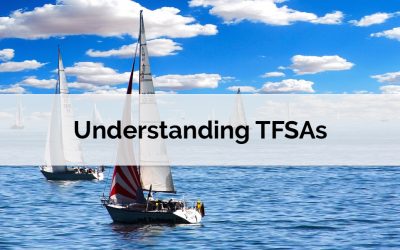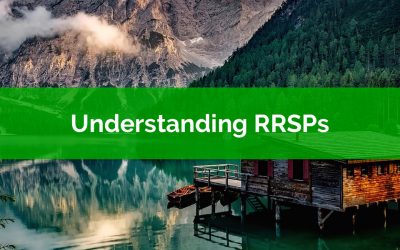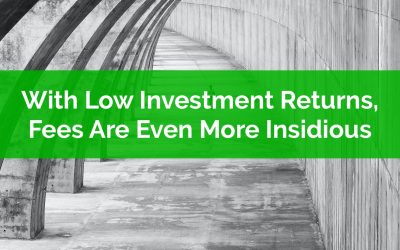Thank you for joining the waitlist!
You’re on the list for early access!
We will contact you via email when we’re ready for you to start your self-directed financial plan. In the mean time here is a quick preview…
Check out our latest blog posts…
Understanding TFSAs: The 8 Benefits (And 3 Drawbacks) of TFSAs
Tax-Free Savings Accounts (TFSAs) are relatively new. They were introduced just over 10 years ago in 2009. Even though they’ve only been around for a relatively short time they’re already the most used out of the major tax-sheltered accounts. There are over 5.5 million households in Canada that have an active TFSA account.
(Authors Note: I love it when people use their tax-sheltered accounts. Good tax planning is a key component of any financial plan and can add $100,000’s to your net worth)
The average usage rate for the TFSA is pretty impressive at 40.4%. This is relatively consistent across both age and income. The highest usage rate is in Ontario where over 45% of the households are using a TFSA. The median contribution to a TFSA in 2016 was $5,765.
All-in-all these are impressive numbers for a relatively new tax-sheltered account.
Given the high usage rate the TFSA must be pretty great, right?!?!
In this post we’ll cover exactly how a TFSAs works, the benefits of a TFSA, as well as some of the drawbacks of a TFSA.
Understanding RRSPs: The 6 Benefits (And 7 Drawbacks) of RRSPs
RRSPs are one of the three major tax shelters available to Canadians. They were created in 1957 and since then RRSPs have been a key way to delay and avoid taxes. There are many benefits to an RRSP but also a few drawbacks.
In general Canadians aren’t taking full advantage of this tax shelter. As of 2015 there was over $1 trillion of unused contribution room. That’s an average of $41,560 per tax payer!
Each year the unused contribution room continues to grow. Over the last 5 years unused contribution room has grown by $1,900 per person per year.
This begs the question….
Why aren’t we using the RRSP to its full advantage?
Out of all tax payers only 1 in 4 used an RRSP last year. While this might seem low it’s important to note that RRSPs aren’t for everyone. There are drawbacks to using an RRSP and it’s because of these drawbacks that some people choose a different tax shelter instead, like a TFSA.
Still, there is a huge potential for tax savings out there. Even at the lowest federal tax rate the potential tax rebate is about $150 million or roughly $6,000 per person. Who wouldn’t like to get a $6,000 tax refund?!?
In this post we’ll cover how RRSPs work. We’ll also cover both the benefits and drawbacks of an RRSP.
With Low Investment Returns, Fees Are Even More Insidious
Bonds and other fixed income are an important part of everyone’s plan. Bonds are great but with low interest rates and low investment returns the fees on bond funds become even more insidious.
Investment fees are always important. They’re a hidden investment expense and can easily take a large chunk of investment returns. But with low interest rates and low returns on bond funds, these fees can easily eat up 30%, 40% or over 50% of yield!
What’s worse is that there are many lower cost options out there. A lower cost bond fund could provide a similar return but at a much lower cost.
Yet despite the high fees there are still BILLIONS being held in bond funds that are now eating up 50%+ of the bond yield.
Are you invested in bonds? Are you losing 50%+ of your annual yield to fees?
Below we explore one large bond fund that holds over $20 billion in assets and eats up 56% of yield through fees! But first, let’s understand what a bond fund is and why they might form part of our investment plan.



